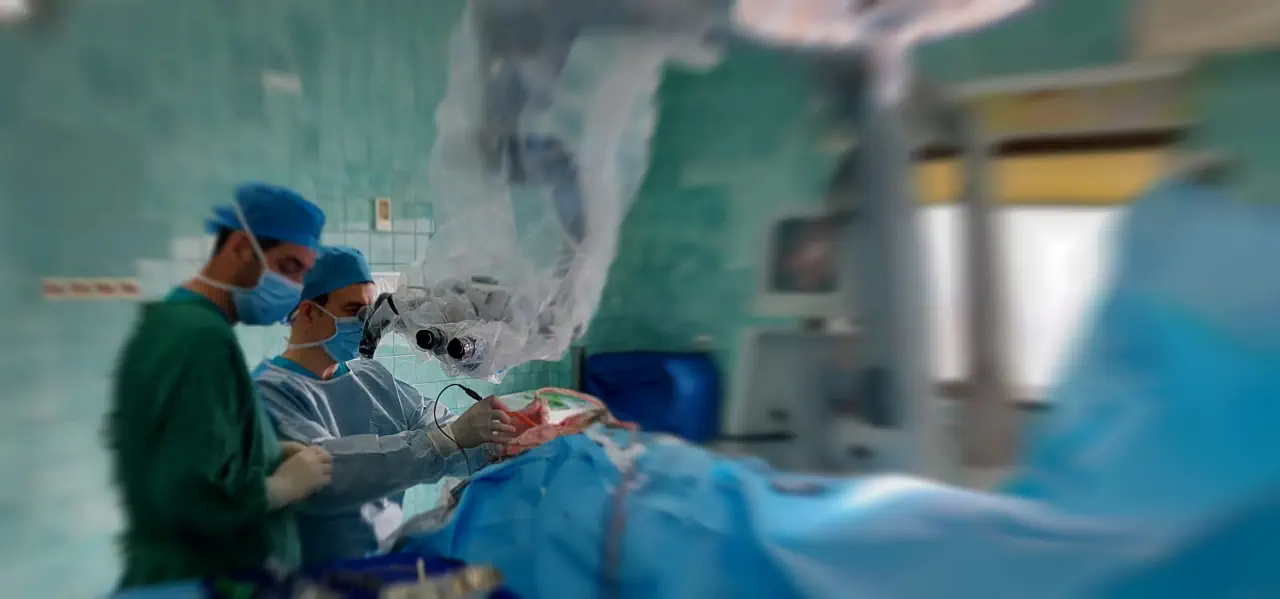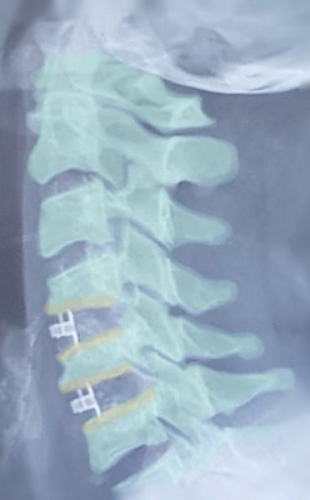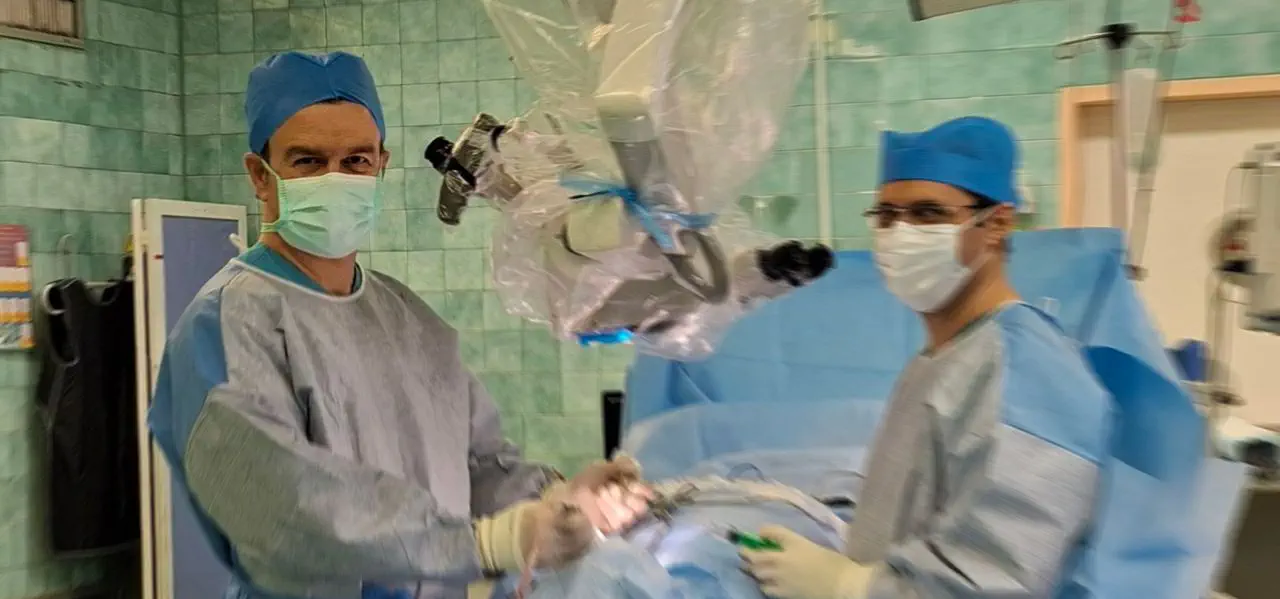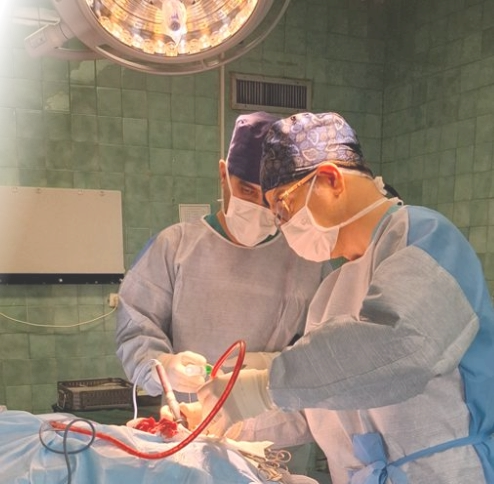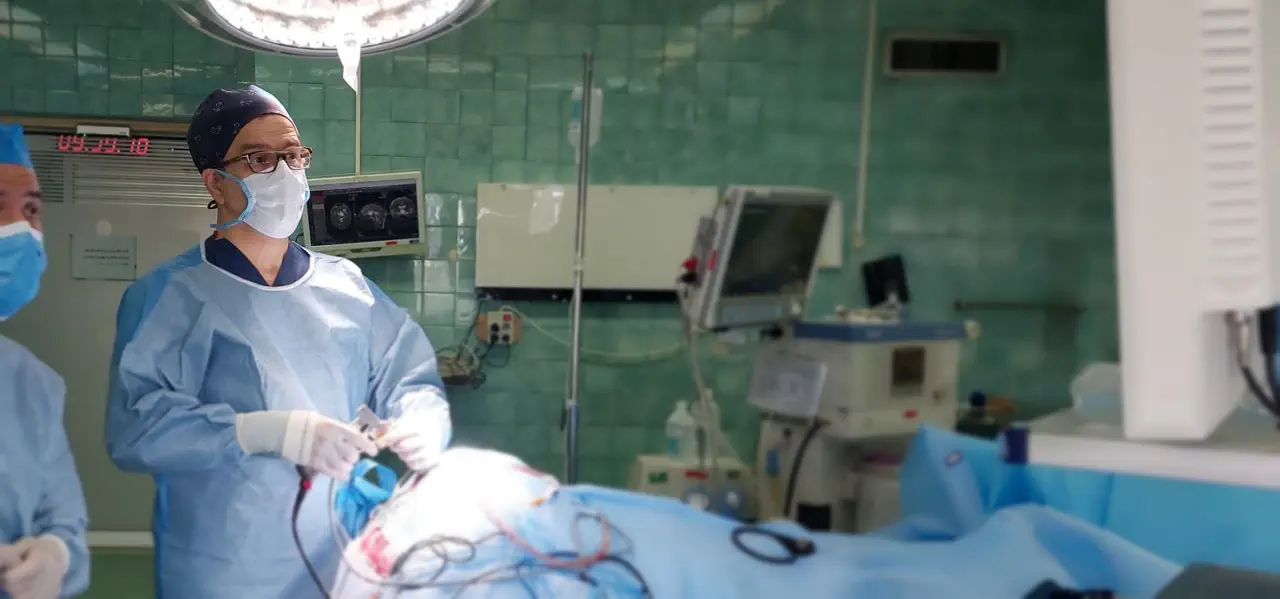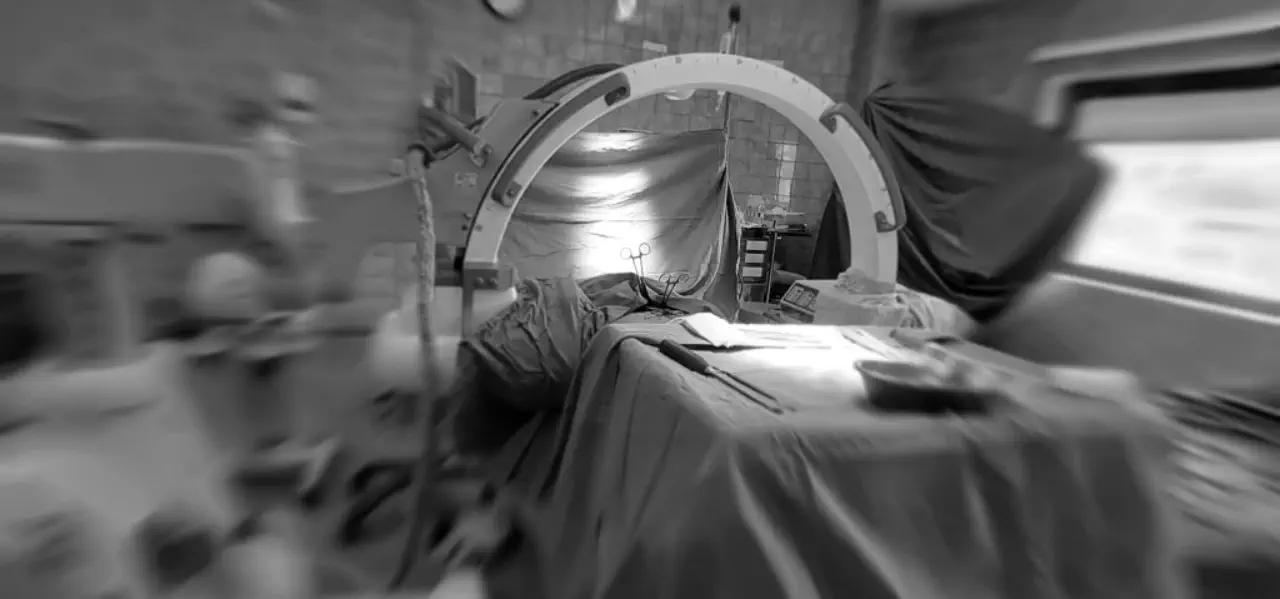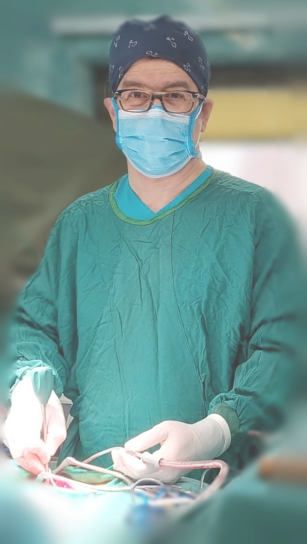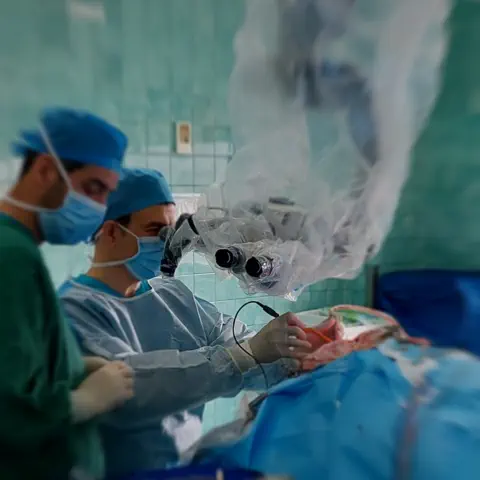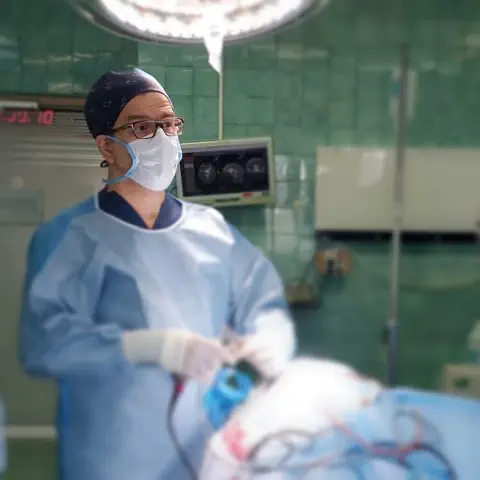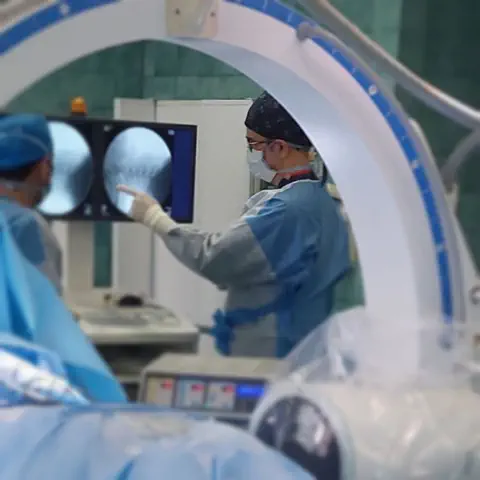
Our Services
SPINE SURGERY
.
CERVICAL SPINE
SURGERY
BRAIN TUMOR
SURGERY
SKULL-BASE
SURGERY
SPINAL CORD
SURGERY
BRAIN SURGERY
.
RECONSTRUCTIVE
SKULL SURGERY
REMOTE
EVALUATION
In general, for many different surgical diseases of the spine, if conservative treatment fails to relieve the pain and discomfort, patients may consider surgical treatment.
In some cases, surgery is needed before the patient has completed nonsurgical care, like when the person is experiencing progressive neurological symptoms, or the pain is too severe.
Sometimes a decompression surgery is needed to relieve the pressure on the spinal cord and/or spinal nerves. This can be accomplished by removing damaged structures (eg, herniated disc, bone fracture) or soft tissues pressing on the cord and nerves, thereby creating space around these neural elements.
When spinal fusion is needed, two or more vertebrae are permanently fused together. This can be accomplished with bone grafts and also involve titanium screws and rods designed to provide sufficient support.
Operations on cervical spine are our favored operative activity. An enthusiastic team with years of focused experience on cervical spine operations will help you proceed to another level of quality of life.
Most of our patients are those who suffer from cervical disc disease, cervical spinal stenosis, cervical degenerative deformities, and cervical spine trauma.
Treatment for brain tumors depends on a number of factors including the type, location and size of the tumor as well as the patient's age and general health.
Surgery is the primary treatment for brain tumors that can be removed without causing severe damage. Many benign (non-cancerous) tumors are treated only by surgery. Most malignant (cancerous) tumors, however, require treatment in addition to the surgery, such as radiation therapy and/or chemotherapy.
There are different types of surgeries and techniques available. Circumstances unique to each patient’s situation may influence which approach is applied. The potential benefits of specific procedures must be carefully balanced with potential risks.
Skull base surgery is surgery that is done to remove a tumor or other growth at the base, or bottom, of the skull. Skull base surgery also can be done to treat a cyst, or some birth defects.
In this type of surgery, parts of bone may need to be removed so that the growth can be reached and removed. An operating room microscope is often used for this type of surgery.
Because this is such a complex area to reach, skull base surgery may be done by a minimally invasive endoscopic procedure. In this procedure, the surgeon inserts endoscopic instruments through the natural openings in the skull-the nose or mouth. Modern neuro-navigation techniques can add to the safety and precision of the procedure. This type of surgery requires a team of specialists including neurosurgeons, ENT (ear, nose, and throat) surgeons, or even maxillofacial surgeons.
Surgery is often the treatment of choice for spinal tumors that can be removed with an acceptable risk of normal tissue damage.
Newer techniques and instruments allow us to reach tumors that were once considered inaccessible. The high-power microscopes used in microsurgery make it easier to remove the tumor.
We also monitor the function of the spinal cord and other important nerves during surgery by neuromonitoring, thus minimizing the chance of iatrogenic damage.
Even with the latest advances in surgery, not all tumors can be totally removed. When the tumor can't be removed completely, surgery may be followed by radiation therapy or chemotherapy or both.
Brain surgery refers to procedures that involve repairing structural problems in the brain. These problems may be due to birth defect, disease, or traumatic injury.
There are numerous types of brain surgery. They depend highly on the condition being treated.
During open brain surgery, we may opt to:
• remove a mass
• clip off an aneurysm
• drain blood or fluid from an infection
• remove abnormal brain tissue
Biopsy is used to remove a small amount of brain tissue or a tumor so it can be examined under a microscope. This involves a small incision and hole in the skull.
A skull reconstructive or reshaping surgery, also called cranioplasty, is an operation designed to correct skull deformities. It is aimed at reshaping or correcting imperfections of the skull. Those deformities can be congenital or acquired, like the skull anomaly due to a trauma, a surgery, an infection or other causes.
We offer second opinions to certain patients with neurosurgical problems. For patients who reside in neighboring countries, after the initial evaluation of their medical documents, we may offer admission for surgical treatment.
In order to check whether your patient is amenable to our programs, you can contact us by e-mail.
Contact us
Contact us
Atieh Medical Center
- Address:
Iran, Tehran, Farahzadi Blvd., Dademan Blvd.
Phone:
+98-912 839 2479
- +98-922 248 0436
- +98-901 832 0033
E-mail: doctoradnsurgery@gmail.com
Office
- Address:
No. 64, 4th floor, Darya Blvd.,
Saadat Abad, Tehran, Iran
Phone:
+98-21 880 99964
- +98-912 839 2479
- +98-922 248 0436
- +98-901 832 0033
E-mail: doctoradnsurgery@gmail.com

